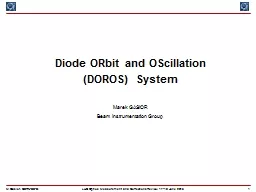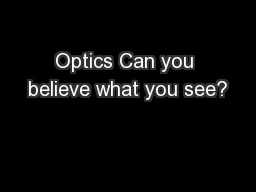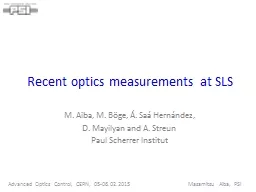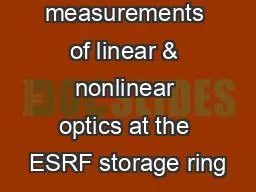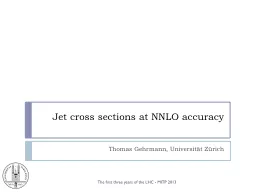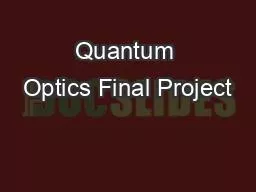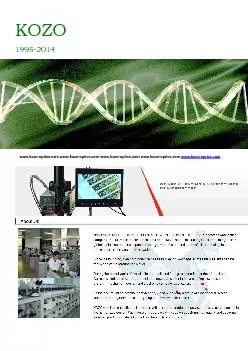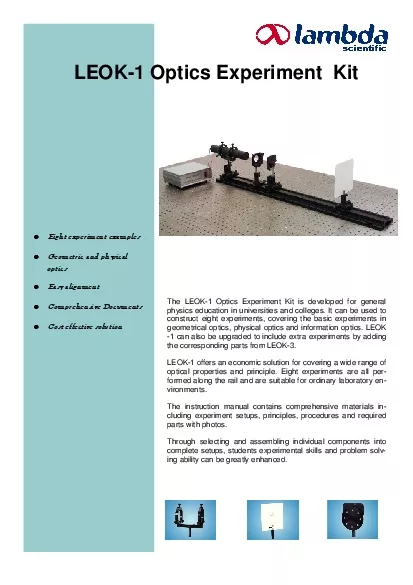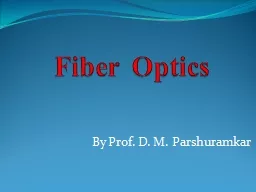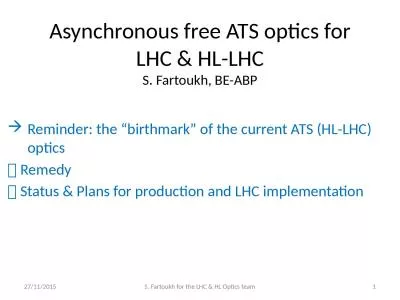PPT-LHC Optics Measurement and Corrections Review, 17-18 June 2
Author : faustina-dinatale | Published Date : 2016-02-29
1 Diode ORbit and OScillation DOROS System Marek GASIOR Beam Instrumentation Group Diode ORbit and Oscillation DOROS System 2 Each jaw end motorised independently
Presentation Embed Code
Download Presentation
Download Presentation The PPT/PDF document "LHC Optics Measurement and Corrections R..." is the property of its rightful owner. Permission is granted to download and print the materials on this website for personal, non-commercial use only, and to display it on your personal computer provided you do not modify the materials and that you retain all copyright notices contained in the materials. By downloading content from our website, you accept the terms of this agreement.
LHC Optics Measurement and Corrections Review, 17-18 June 2: Transcript
Download Rules Of Document
"LHC Optics Measurement and Corrections Review, 17-18 June 2"The content belongs to its owner. You may download and print it for personal use, without modification, and keep all copyright notices. By downloading, you agree to these terms.
Related Documents

